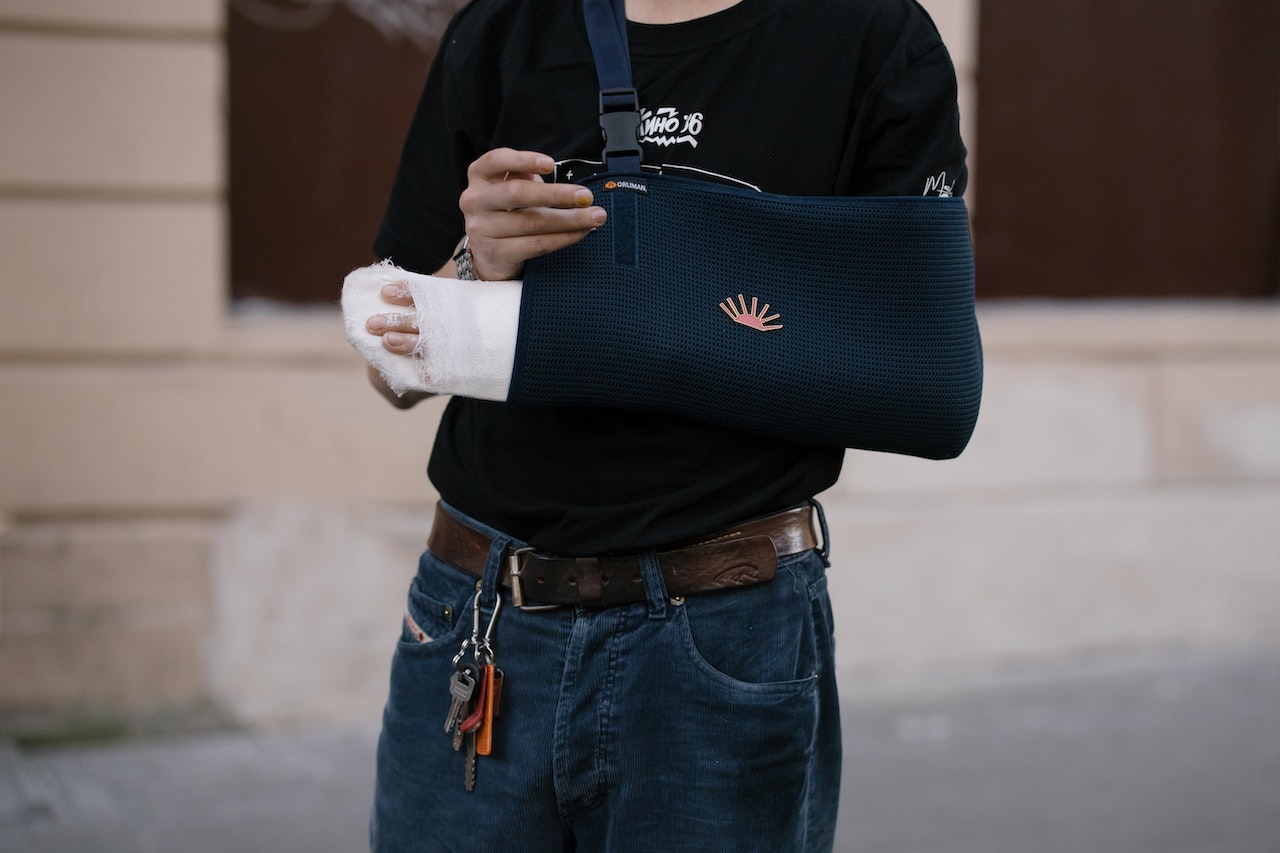Understanding the Basics of Physical Injuries
Physical injuries, by definition, are harm or damage inflicted on the body’s structure or function, often resulting from accidents or violence. They can be minor, like a scrape or a bruise, or severe, like a broken bone or spinal cord injury. Mayo Clinic provides a comprehensive guide to first aid for these injuries.

Common causes of injuries include falls, vehicle accidents, sports, and workplace accidents. However, they can also result from intentional acts like assaults or self-harm. According to the Centers for Disease Control and Prevention (CDC), accidental injuries are the third leading cause of death in the United States.
The Importance of Knowing the Most Common Injuries
Understanding the most common injuries is crucial to prevention and treatment. By familiarizing yourself with injury risks and symptoms, you can take proactive measures to avoid them, or seek prompt medical attention when necessary. The National Safety Council has created a useful infographic detailing common workplace injuries.
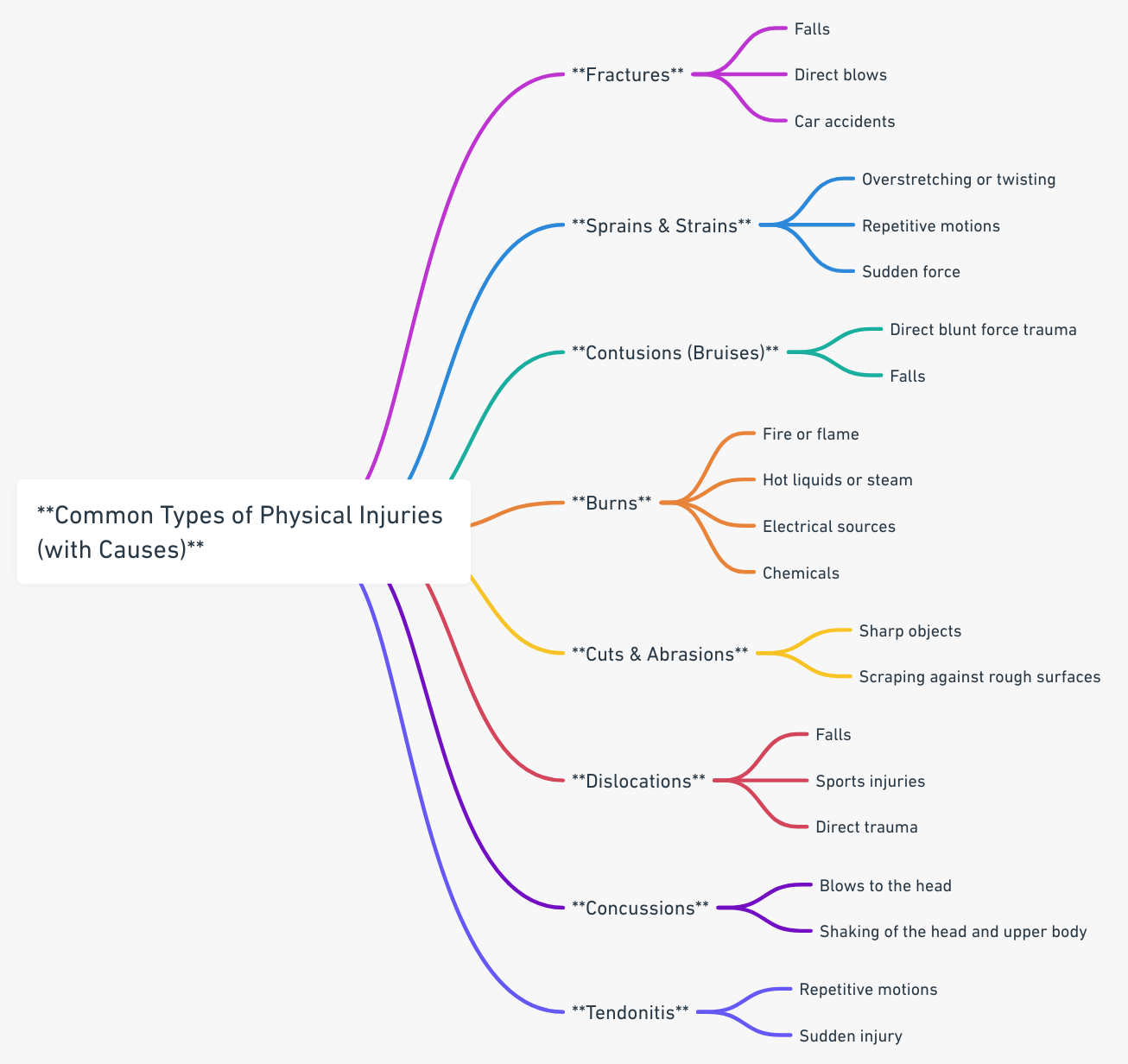
Classification of Injuries
When it comes to injuries, they generally fall into two main categories: Acute injuries and Overuse injuries. Understanding the difference between these types is vital not only for treatment but also for prevention strategies.
Acute Injuries
Acute injuries are sudden and unexpected. They’re typically a result of a single, traumatic event, such as fractures, sprains, strains, and dislocations. The Centers for Disease Control and Prevention (CDC) provides comprehensive resources on how to handle these types of injuries.
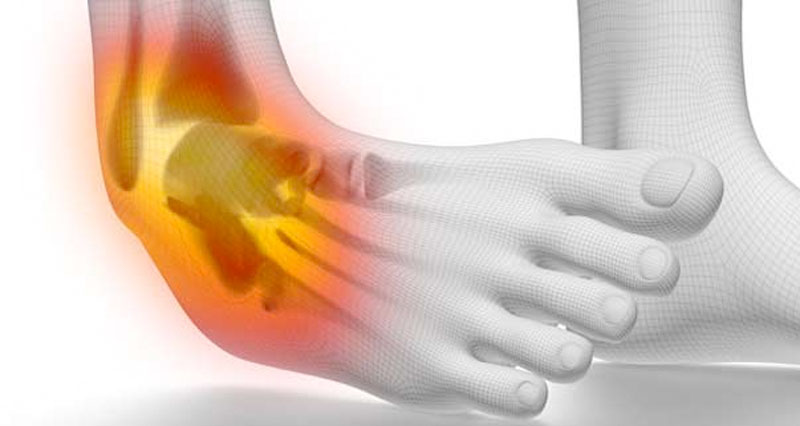
Overuse Injuries
Overuse injuries, on the other hand, occur over time. They are the result of repetitive micro-trauma to the tendons, bones, and joints. Common examples include stress fractures, tennis elbow, and shin splints. The National Institute of Arthritis and Musculoskeletal and Skin Diseases (NIAMS) offers more in-depth information on this type of injury.

By understanding these classifications, you can better manage potential risks and develop a tailored approach to injury prevention.
The Prevalence of Sprains and Strains
Sprains and strains are among the most common injuries, each with unique characteristics. A sprain is the stretching or tearing of ligaments, the fibrous tissues that connect bones to each other. In contrast, a strain involves injury to a muscle or tendon, which links muscles to bones.
Common Causes and Examples
Sprains often occur due to a fall, twist, or blow to the body. For instance, ankle sprains can happen when one trips or falls, twisting the ankle. Strains, on the other hand, are usually the result of overstretching or overuse, such as lifting heavy objects improperly.
Treatment and Prevention Methods
Most sprains and strains can be treated with rest, ice, compression, and elevation (RICE). WebMD offers a detailed guide on this method. Prevention involves warming up before physical activity, maintaining a healthy weight, and wearing appropriate protective gear.
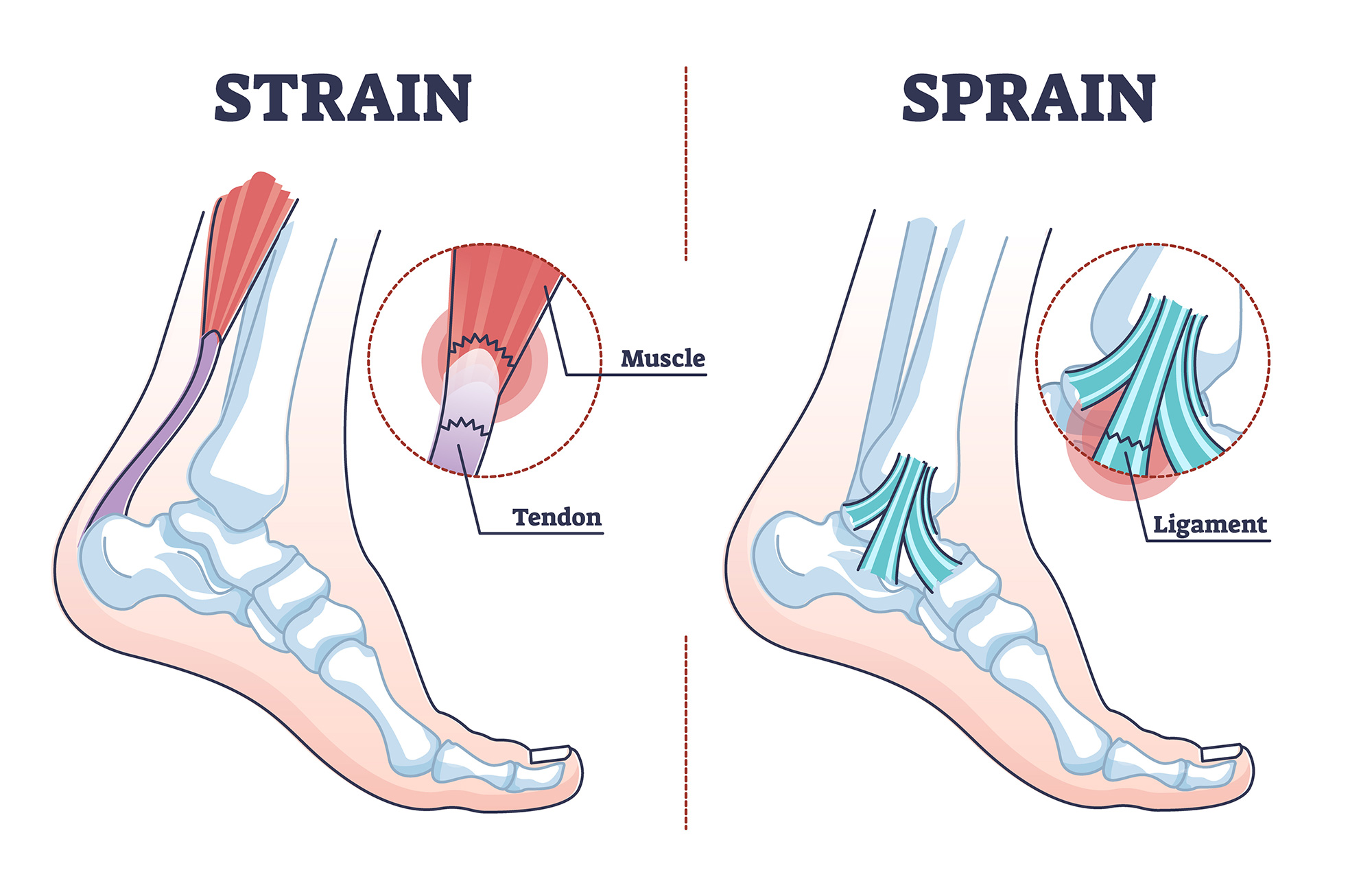
For a more comprehensive understanding, check out this CDC guide on preventing sprains and strains in the workplace.
The High Incidence of Cuts and Abrasions
In the realm of everyday injuries, cuts and abrasions rank high on the list. A cut is a skin injury caused by a sharp object resulting in a break in the skin surface. Conversely, an abrasion, often referred to as a scrape, is a wound on the skin’s surface caused by friction against a rough surface. These injuries are common occurrences in daily life, from kitchen mishaps involving knives to sports-related falls or collisions.
Causes and Prevention
Typical causes include mishandling sharp objects, falls, and accidents. For instance, a slip in the kitchen can lead to a cut from a knife, while a tumble on a gravel path might result in an abrasion. Preventive measures include wearing appropriate protective gear during physical activities and exercising caution when handling sharp objects.
Treatment Methods
Immediate treatment of cuts and abrasions often involves cleaning the wound with warm water and soap, applying an antiseptic, and covering with a bandage. The Mayo Clinic provides a comprehensive guide on treating these injuries.
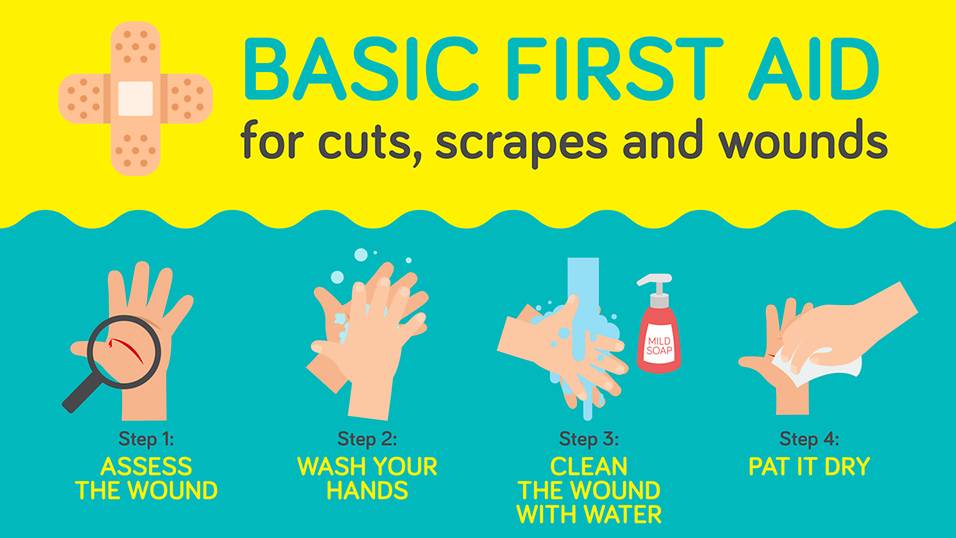
To conclude, while cuts and abrasions are common injuries, understanding their causes and implementing effective prevention methods can reduce their occurrence. Timely and proper treatment can also prevent complications and promote faster healing.
Understanding the Frequency of Fractures
Fractures, a common injury, refer to breaks or cracks in bones, typically caused by high force impact or stress. According to the National Institutes of Health, fractures account for 16% of all musculoskeletal injuries in the U.S.

Common Causes and Examples of Fractures
Common triggers include falls, trauma, osteoporosis, and overuse during sports or exercises. For instance, a stress fracture can occur in runners who increase their mileage too quickly.
Treatment Options and Prevention Strategies
Treatments vary based on the fracture’s severity and location. They may involve immobilization, surgery, or physical therapy. Preventive measures include regular exercise to strengthen bones, proper nutrition, and safety measures during physical activities. The National Institute of Arthritis and Musculoskeletal and Skin Diseases offers comprehensive resources on fracture prevention.
Concussion: A Common Yet Serious Injury
A concussion is a type of traumatic brain injury (TBI) caused by a hit to the head or violent shaking of the head and body. This sudden movement can cause the brain to bounce around or twist in the skull, creating chemical changes in the brain and sometimes damaging brain cells.
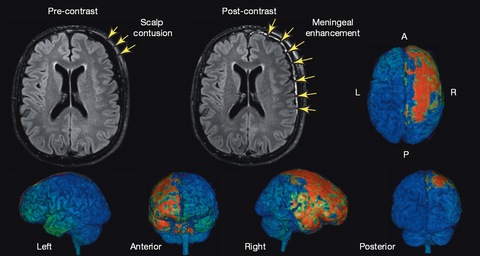
Concussions are commonly caused by falls, sports injuries, car accidents, and violent shakes to the head or upper body. For instance, athletes, particularly those in high-contact sports like football or boxing, are at a high risk of suffering concussions.
Treatment and Prevention of Concussions
Immediate medical attention is crucial for anyone suspected of having a concussion. Treatment typically involves rest and restricting activities to allow the brain time to recover. Prevention includes wearing protective gear during sports, using seat belts, and creating safer environments to prevent falls.

The Role of Medical Professionals in Injury Management
When accidents occur, it’s crucial to seek professional medical help. Medical professionals play a key role in diagnosing and treating injuries, ensuring a speedy and effective recovery.
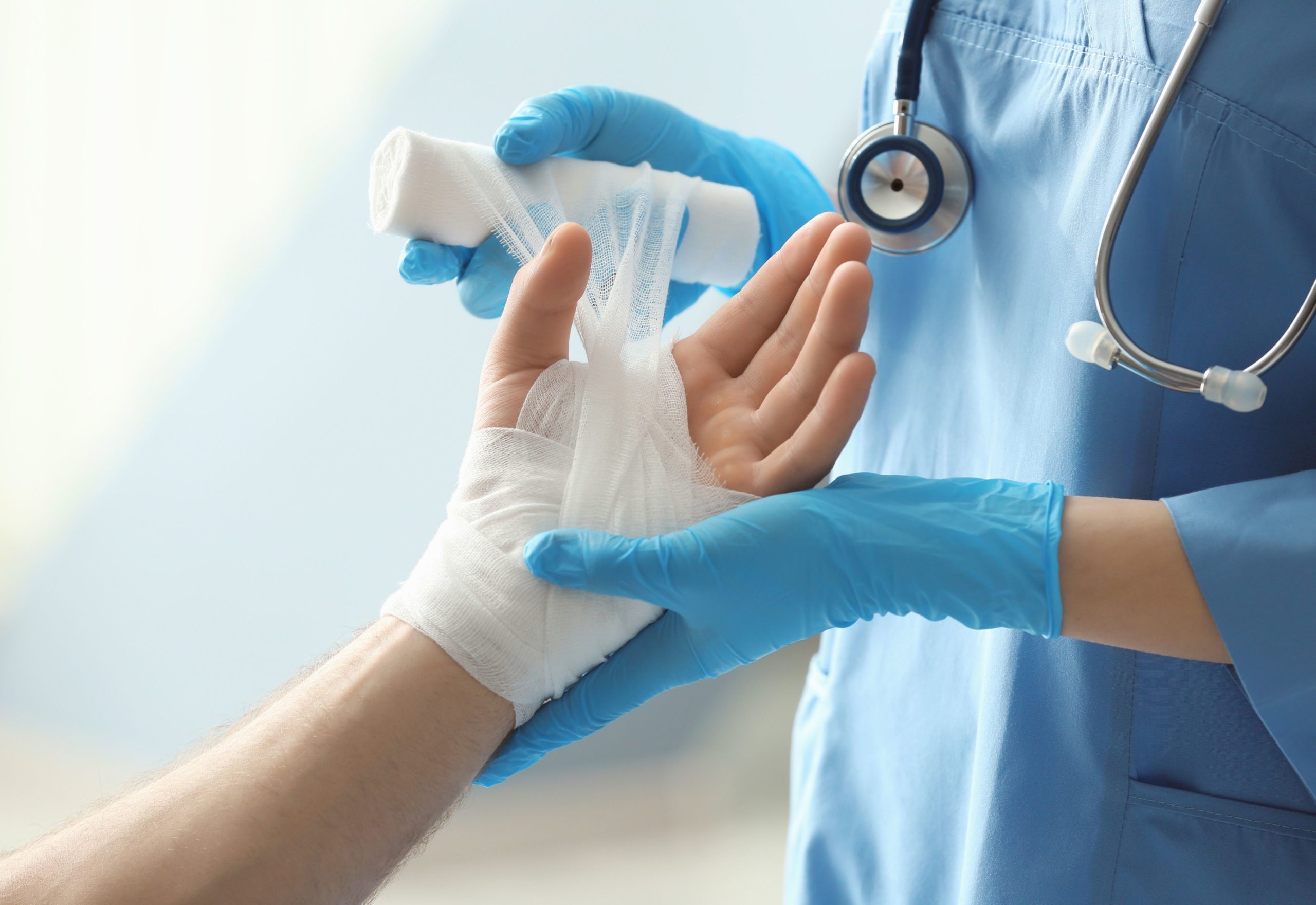
Various medical professionals such as orthopedists, physiotherapists, and general practitioners each perform a unique role in managing injuries. They work in tandem to provide comprehensive care, thereby mitigating the impact of injuries and facilitating healing.
The Process of Diagnosing and Treating Injuries
The injury management process starts with an accurate diagnosis. This is paramount as it determines the subsequent treatment plan. Medical professionals employ a range of diagnostic techniques, from physical examinations to imaging tests like X-rays or MRIs. After identifying the nature and extent of the injury, they devise a suitable treatment plan. This may encompass medication, surgery, physiotherapy, or a combination of these.
Please note, it’s important to follow the suggested treatment plan to ensure optimal recovery. In some cases, this may also involve lifestyle changes or rehabilitation.
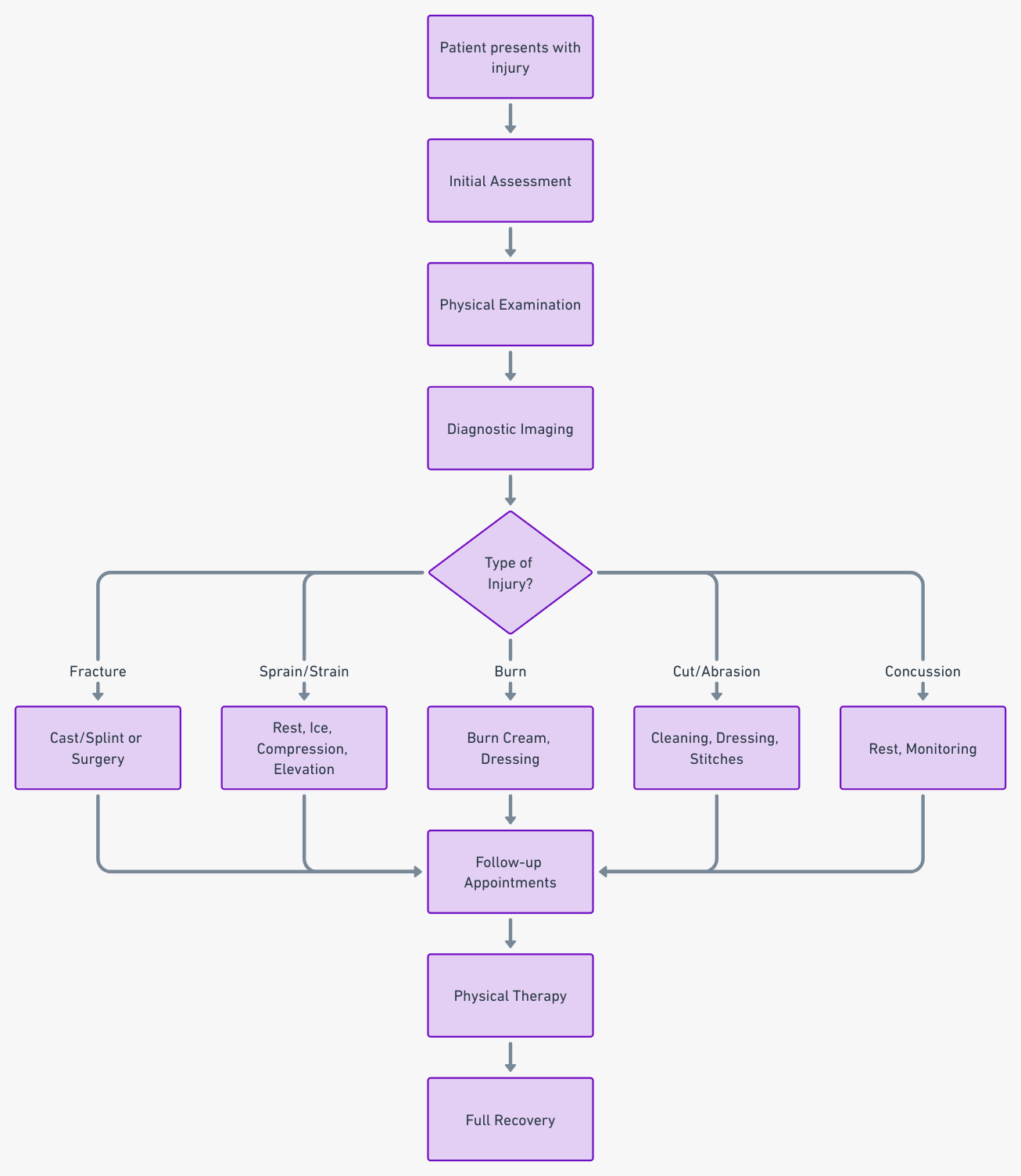
Understanding the Importance of Safety Measures in Preventing Injuries
Ensuring safety is a critical aspect of preventing common injuries. According to the Centers for Disease Control and Prevention, unintentional injuries are the third leading cause of death in the U.S. Therefore, understanding and implementing safety measures can significantly reduce the risk of these occurrences.
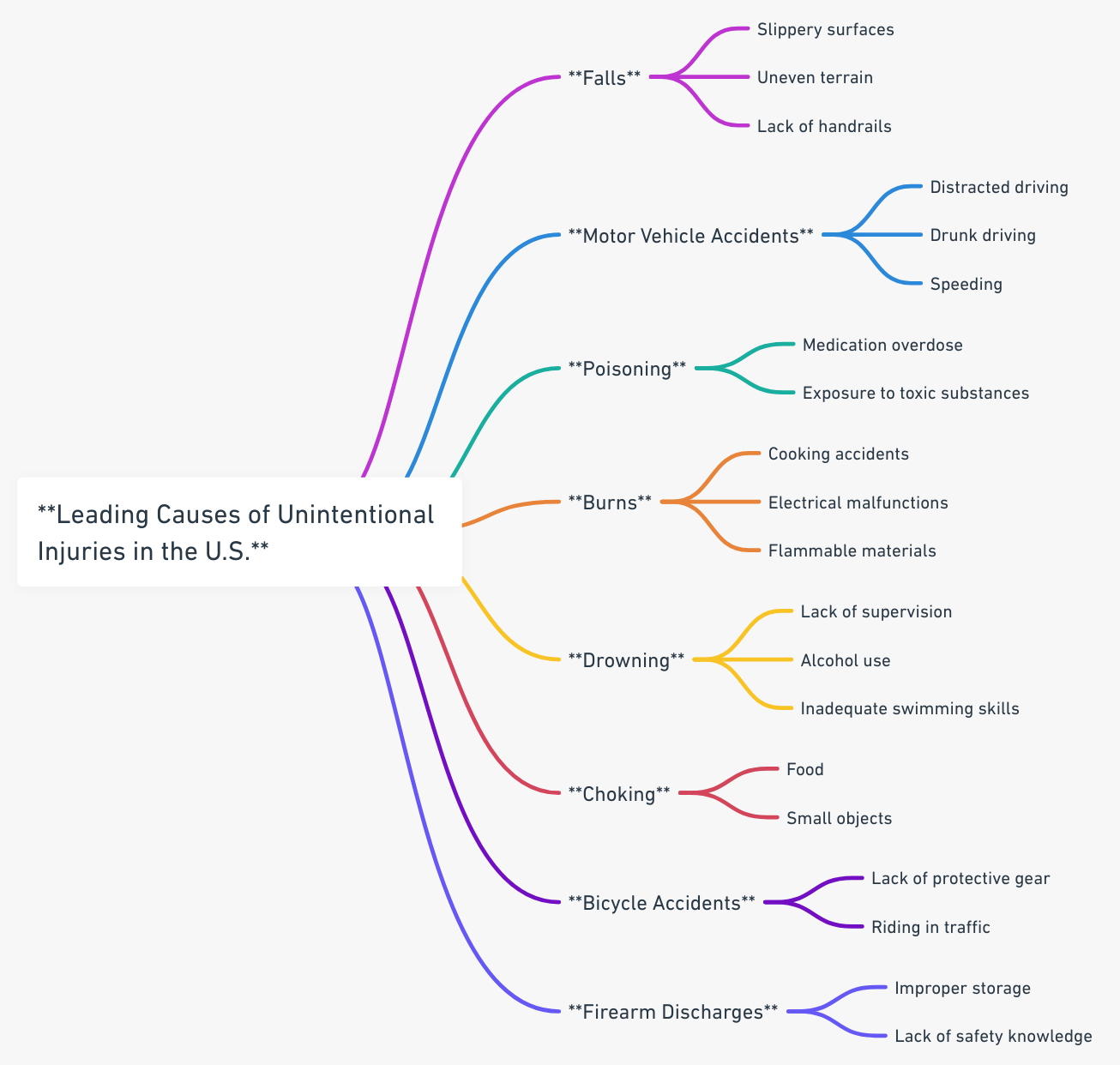
Common Preventive Measures
- Regular exercise to maintain physical fitness and flexibility.
- Use of appropriate equipment and safety gear for activities.
- Adherence to safety guidelines and regulations at home, work, and in public spaces.
The Role of Lifestyle in Injury Prevention
Your lifestyle choices play a significant role in injury prevention. Regular physical activity, for example, strengthens your body and increases your resilience to injury. Additionally, a balanced diet rich in nutrients aids in the body’s recovery process. The National Safety Council also emphasizes the importance of regular eye exams and removing tripping hazards, which can significantly reduce the risk of falls, especially in older adults.

Dr. Martha Pyron is a recognized sports medicine physician and the founder of Medicine in Motion, an Austin-based practice specializing in comprehensive medical care for active individuals and athletes. An active contributor to her field, she uses her extensive experience as a former collegiate athlete to aid her patients and develop innovative care strategies. Beyond her clinical practice, Dr. Pyron is known for her involvement in the local athletic community and her commitment to promoting health and fitness.


